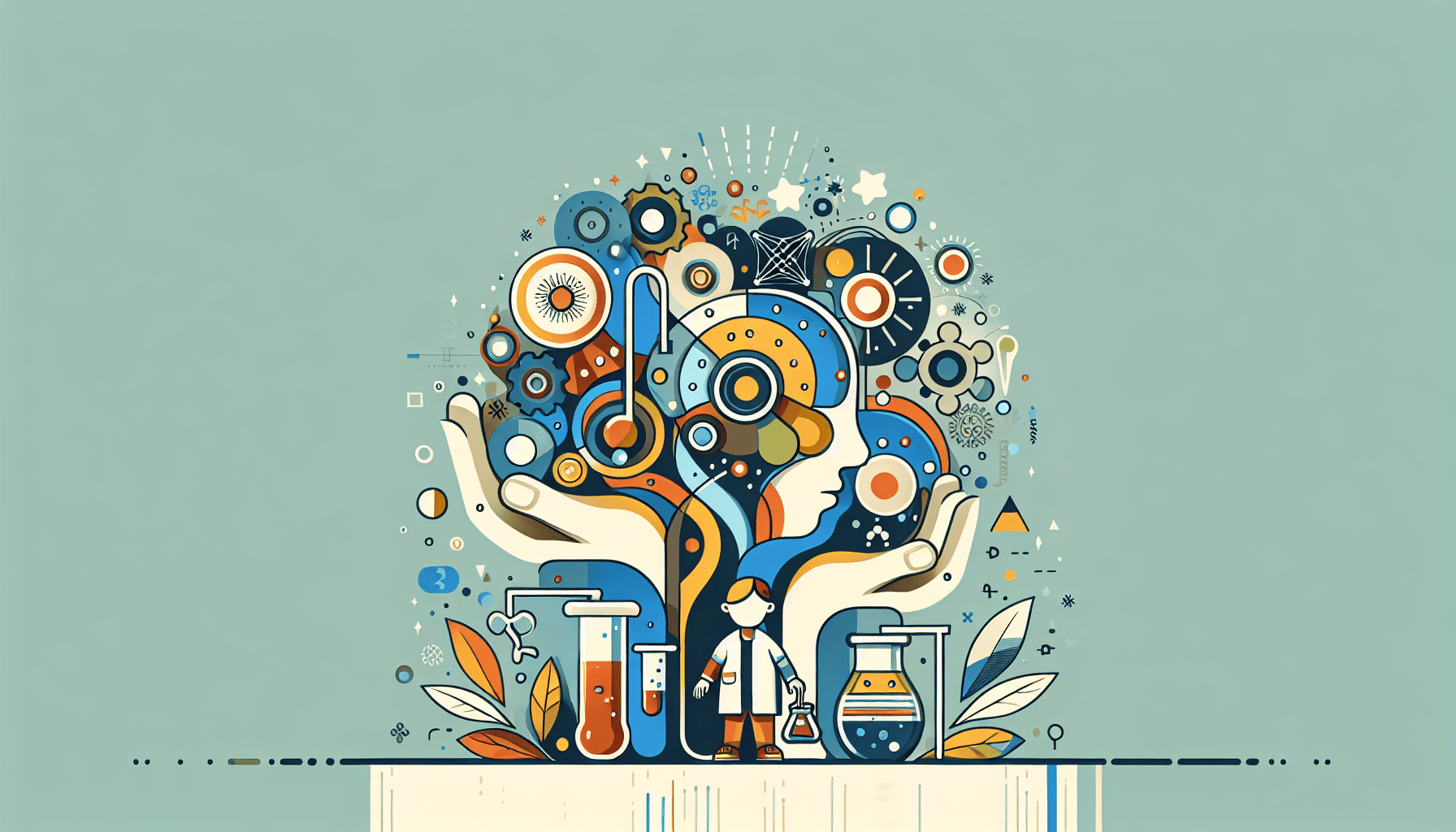Can I Take Zepbound a Day Early?
Key TakeawaysZepbound is a once-weekly injectable medication for weight management and obstructive sleep apnea (OSA) linked to obesity.Taking Zepbound a day early is [...]
Read More
Medically reviewed by Abhijit Bhattacharyya | MD, PhD, MBA, Tufts University School of Medicine - Miami, Florida on September 15th, 2023.
Dwarfism is a condition characterized by short stature, typically defined as an adult height of 4 feet 10 inches or less. It can be caused by genetic factors or medical conditions that affect a person's growth and development. In this article, we'll explore the different types of dwarfism, their causes, symptoms, diagnosis, and treatment options.
There are two main categories of dwarfism: disproportionate and proportionate.
Disproportionate dwarfism is characterized by an average-size torso and shorter arms and legs or a shortened trunk with longer limbs.
Proportionate dwarfism is when the body parts are in proportion but shortened.
There are approximately 400 types of dwarfism, with the most common types being genetic skeletal dysplasias. These include:
Achondroplasia: The most common form of dwarfism, accounting for 70% of cases.
Spondyloepiphyseal dysplasias (SED): A less common form of dwarfism that affects approximately one in 95,000 babies.
Diastrophic dysplasia: A rare form of dwarfism that occurs in about one in 100,000 births.
Proportionate dwarfism can be caused by metabolic and hormonal disorders, such as growth hormone deficiency or Turner syndrome, a genetic condition that only affects females.

Symptoms of dwarfism vary depending on the type. Disproportionate dwarfism may cause short limbs, a disproportionately large head, and a prominent forehead. Proportionate dwarfism may result in a smaller head, arms, and legs, but all in proportion with each other. Other symptoms may include delayed growth and development, breathing problems, and joint issues.
Dwarfism can be diagnosed through physical exams, X-rays, genetic testing, and family history. Doctors may also use growth charts to compare a child's height and weight to standard percentiles for their age. Early diagnosis is essential for providing appropriate treatment and support.
Treatment for dwarfism depends on the specific type and any associated complications. Options may include:
Growth hormone therapy for those with growth hormone deficiency
Vosoritide (Voxzogo) to stimulate bone growth in children with achondroplasia
Surgery to correct deformities or relieve pressure on the brain or spinal cord
Physical therapy to strengthen muscles and improve joint mobility
Nutritional guidance and exercise to prevent obesity and related skeletal problems
In addition to medical treatment, people with dwarfism may benefit from emotional and social support to help them cope with the challenges they may face.
While dwarfism can present various challenges, many people with this condition lead fulfilling lives. With proper medical care, support, and accommodations, individuals with dwarfism can thrive and achieve their goals. It's essential for society to promote understanding, acceptance, and inclusion of people with dwarfism to create a more welcoming and accessible world for all.
Key TakeawaysZepbound is a once-weekly injectable medication for weight management and obstructive sleep apnea (OSA) linked to obesity.Taking Zepbound a day early is [...]
Read MoreKey TakeawaysZepbound is an FDA-approved medication for chronic weight management in adults with obesity or overweight, and for moderate to severe obstructive sleep apnea [...]
Read MoreKey TakeawaysZepbound is a once-weekly injectable medication that supports weight loss by activating hormone pathways regulating appetite and digestion.After the first dose, [...]
Read More